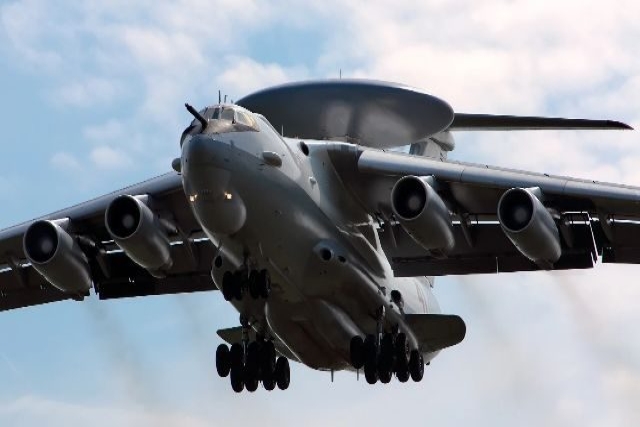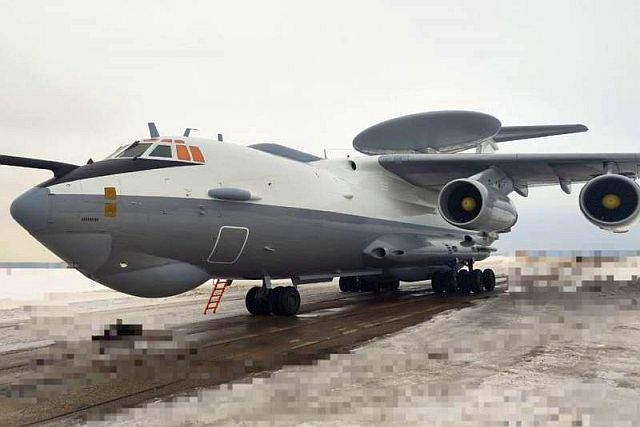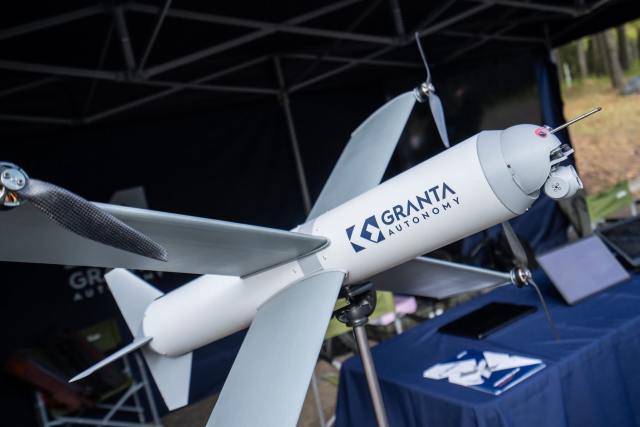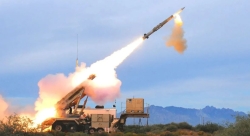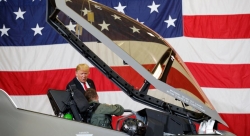Ukraine Tests First Swedish Saab-340 AEW Aircraft
Airborne radar jet begins test flights amid hopes for enhanced air surveillance
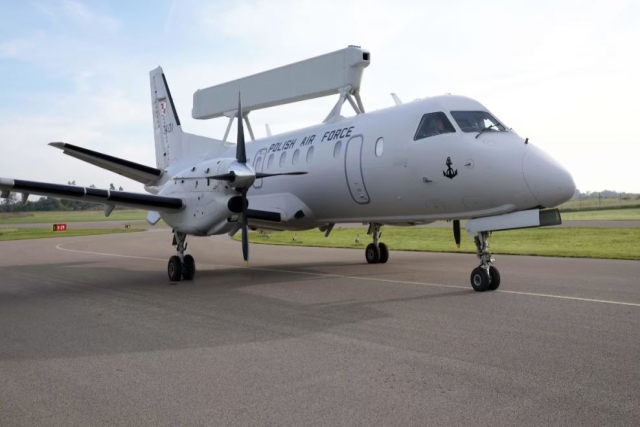
Ukraine has reportedly received the first of two Swedish Saab 340 Airborne Early Warning and Control (AEW&C) aircraft from Sweden, a development that could raise concerns for Russia.
The Swedish-made aircraft, designated ASC 890 and equipped with the Erieye radar system, made its reported maiden test flight over the Lviv region in western Ukraine, according to Ukrainian media outlet UNIAN. The aircraft flew at an altitude of around 3,000 meters in a visible flight pattern detected by open-source trackers, which recorded its movements under the callsign “WELCOME.”
This marks Ukraine’s first operation of a NATO-standard airborne radar system. The Saab 340 AEW&C platform is expected to enhance the Ukrainian Air Force’s ability to detect and track Russian aircraft, drones, and cruise missiles. The system can monitor both air and surface targets over a range of 300 to 450 kilometers, depending on altitude and environmental conditions.
Sweden pledged two such aircraft in May 2024 as part of a €1.16 billion ($1.37 billion) military aid package. The transfer includes crew training and support infrastructure. Delivery is tied to Ukraine’s integration of Western combat aircraft, particularly U.S.-built F-16s and French Mirage 2000s.
Despite the promise of improved situational awareness, analysts have raised concerns about operational effectiveness. A key issue is the absence of the Link 16 tactical data link system on Ukraine’s F-16s, reportedly removed at U.S. insistence to reduce the risk of compromise. Without this connection, real-time radar data from the ASC 890 may not reach Ukrainian pilots quickly enough to intercept Russian threats.
However, Ukrainian outlet Militarnyi reported that Ukraine’s Mirage 2000 jets—estimated at three to six in number—are likely the upgraded 2000-5F model, which includes Link 16 capability. Ukraine is believed to operate between 12 and 18 F-16s.
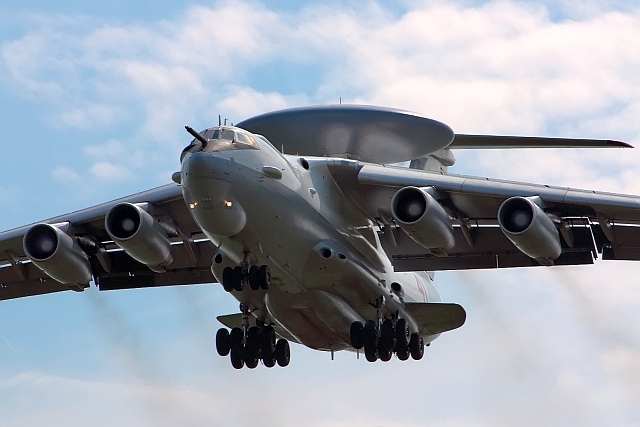
In response, Russia is expected to increase air patrols using its A-50U AEW aircraft and Su-35S fighters, which carry long-range R-37M missiles. These pose a threat to the slower Saab 340, which operates at lower altitudes. Military analysts caution that ASC 890 flights near the frontlines could be vulnerable to Russian S-300V4 air defense systems and electronic warfare platforms such as the Krasukha-4.
Nonetheless, the Saab system offers a tactical advantage by operating within Ukrainian airspace—unlike U.S. E-3 Sentry aircraft, which have avoided flying over Ukraine due to concerns about escalation. Flying closer to contested zones allows Ukrainian forces to detect threats earlier and potentially engage Russian aircraft such as the Su-34 before they strike.
The Erieye radar system aboard the ASC 890 can reportedly detect low-flying cruise missiles such as the Kh-59MK2 at distances of around 160 kilometers. This capability helps cover gaps in Ukraine’s ground-based radar network. While the Saab platform has shorter endurance than U.S. systems, it represents progress toward greater autonomy in Ukraine’s air defense.
If integrated effectively, the ASC 890 could help close Ukraine’s radar blind spots and reduce reliance on NATO aircraft operating from Polish or Romanian airspace. However, its full potential may depend on Ukraine’s ability to network its fighter fleet to receive real-time radar data—an objective still limited by current equipment and diplomatic constraints.
